Connecting Japan, Serbia, and Hungary through the simple power of shared names
Introduction: Names Are Bridges
The ISNA Friendship Tour 2025 took us across two countries and seven days—from Budapest and Belgrade to the historic city of Pécs.
What began as a playful movement among hundreds of people named Hirokazu Tanaka has grown into an international initiative that promotes cultural understanding, human connection, and peace through the unique phenomenon of shared names.
This is the story of that journey.
Day 1 (Nov.3)— Budapest → Szeged
Diplomacy, Dialogue, and the First “Cool” of the Journey
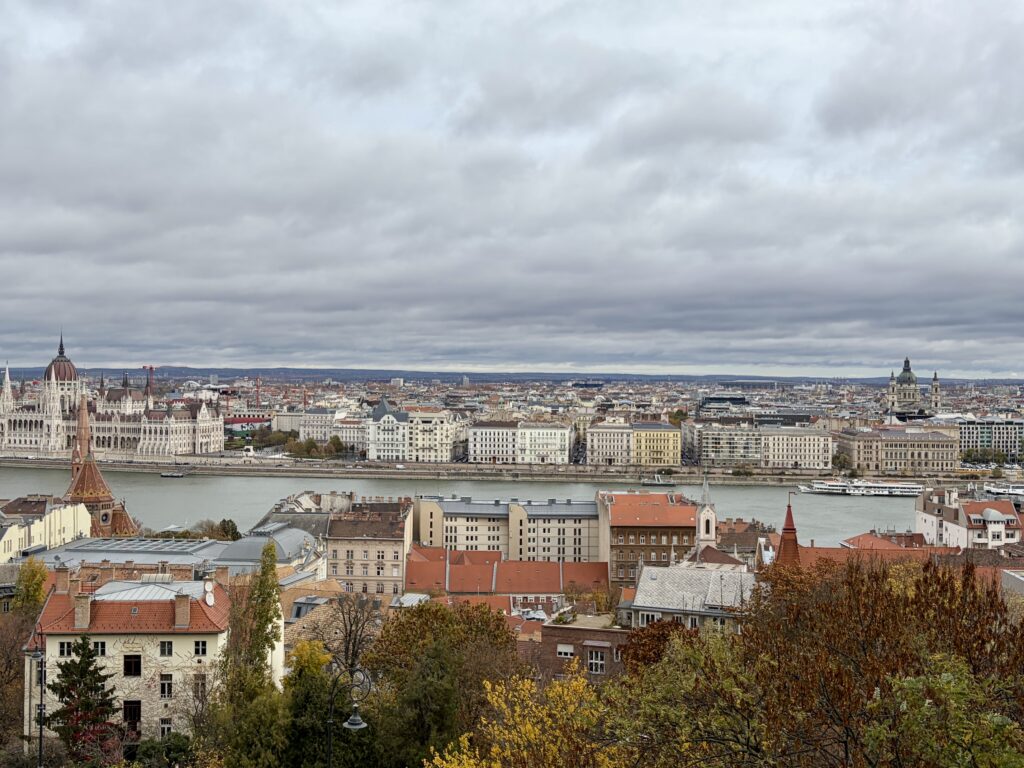
The ISNA Friendship Tour 2025 began in Budapest, where two Hirokazu Tanakas visited the Embassy of Japan.
We met with First Secretary, who shared valuable insights into Hungary’s perspective on cultural diplomacy and the country’s affinity with Japan—especially the fact that both nations place the family name first.

He encouraged the mission of ISNA, describing it as a promising example of people-to-people exchange that transcends national and ethnic boundaries.
His words gave the journey a strong and hopeful beginning.
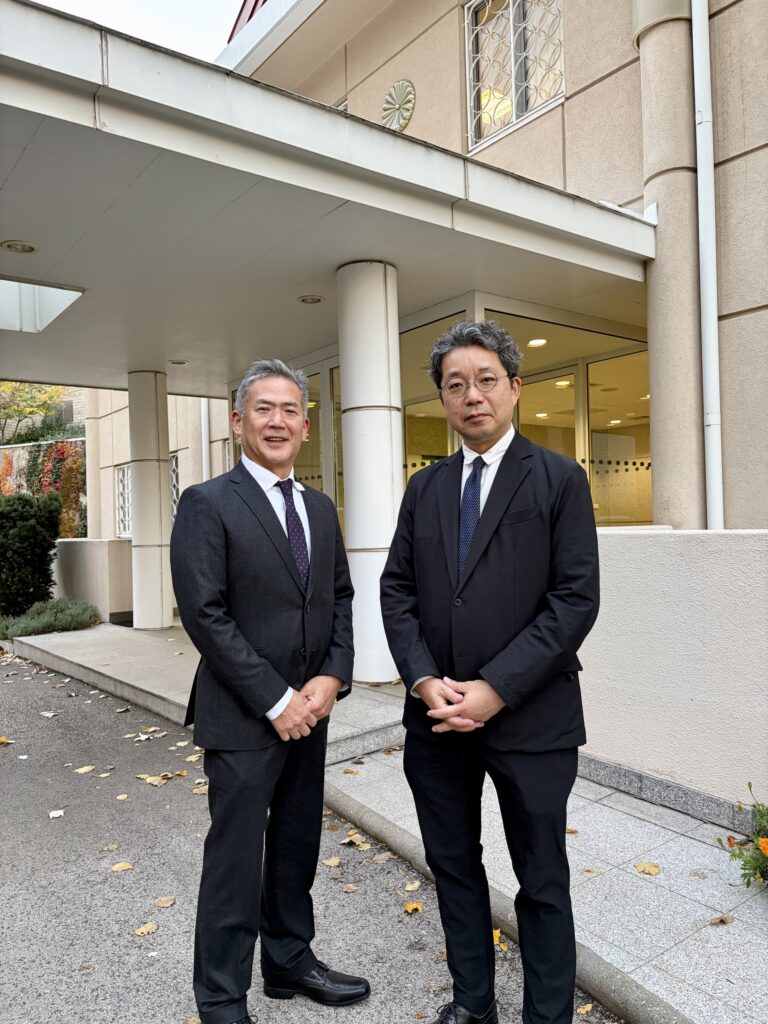
After the embassy visit, we traveled south to Szeged, a serene university city close to the Serbian border.
Upon checking in at our hotel, we introduced ourselves to the young man at the front desk and explained that we share the exact same full name.
He paused, looked up, and said with a smile:
“Cool.”
When we explained the concept of the
International Same Name Association,
he replied once more:
“Good idea.”
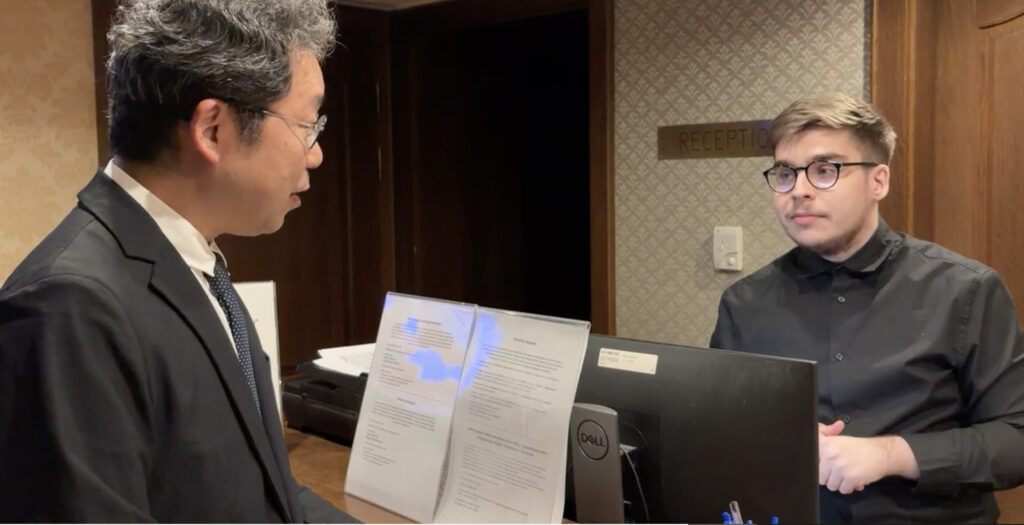
It was our first encounter on this trip with how naturally the ISNA idea resonates—even with strangers, in unexpected places.
A small interaction, but a meaningful one, marking the beginning of a journey grounded in coincidence, curiosity, and human connection.

Day 2 (Nov.4)— Szeged → Serbia
Crossing Borders, Meeting Stories
The day began at Anna Thermal Bath in Szeged, where a local elder in the 38°C pool spoke passionately about Japanese wooden architecture and conductors Seiji Ozawa and Ken-Ichiro Kobayashi.
Cultural diplomacy, it turns out, can happen anywhere—including a morning bath.
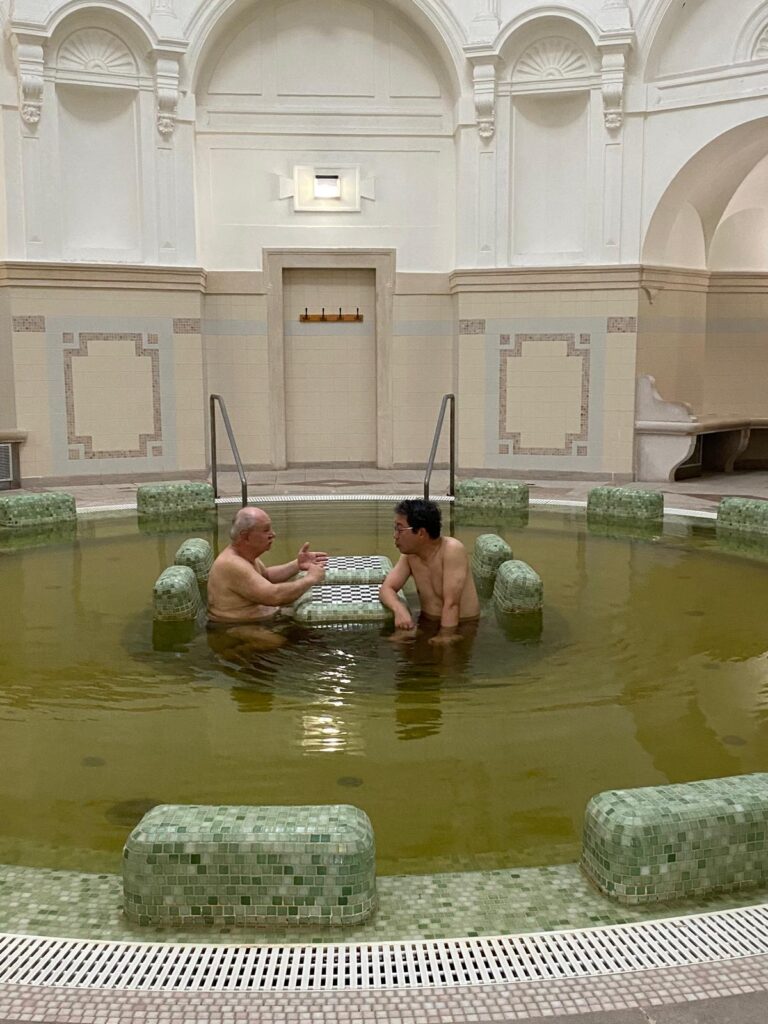
Crossing the border into Serbia was a multi-step process—biometric checks from a friendly officer, an immigration official surprised that two people shared the exact same name, and a baggage inspector who reacted warmly to the word “Kyoto” in the passport.
These small moments became part of the story of the journey: borders are formal, but people are human.
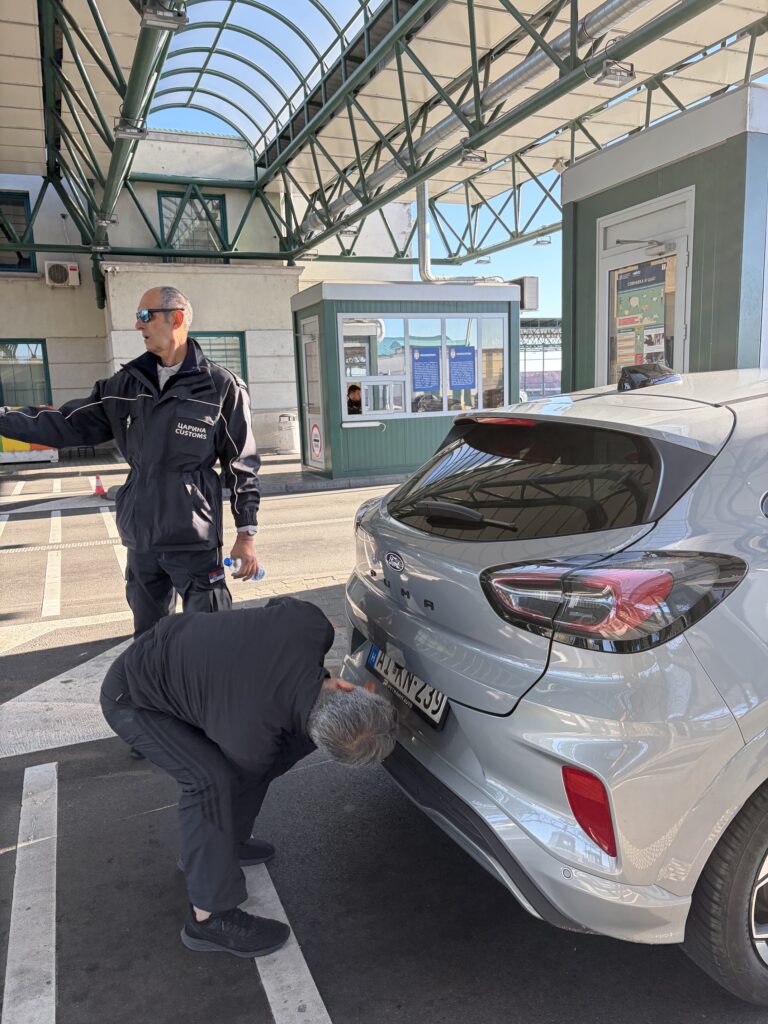
By late afternoon we arrived in Novi Sad, Serbia’s charming cultural hub. In the evening, we attended a Japanese–Serbian music exchange concert, a beautiful event that emphasized poetry, music, and the shared artistic traditions of both countries. Although we were visitors, we felt a sense of belonging as the performances created an atmosphere of gentle cross-cultural harmony.
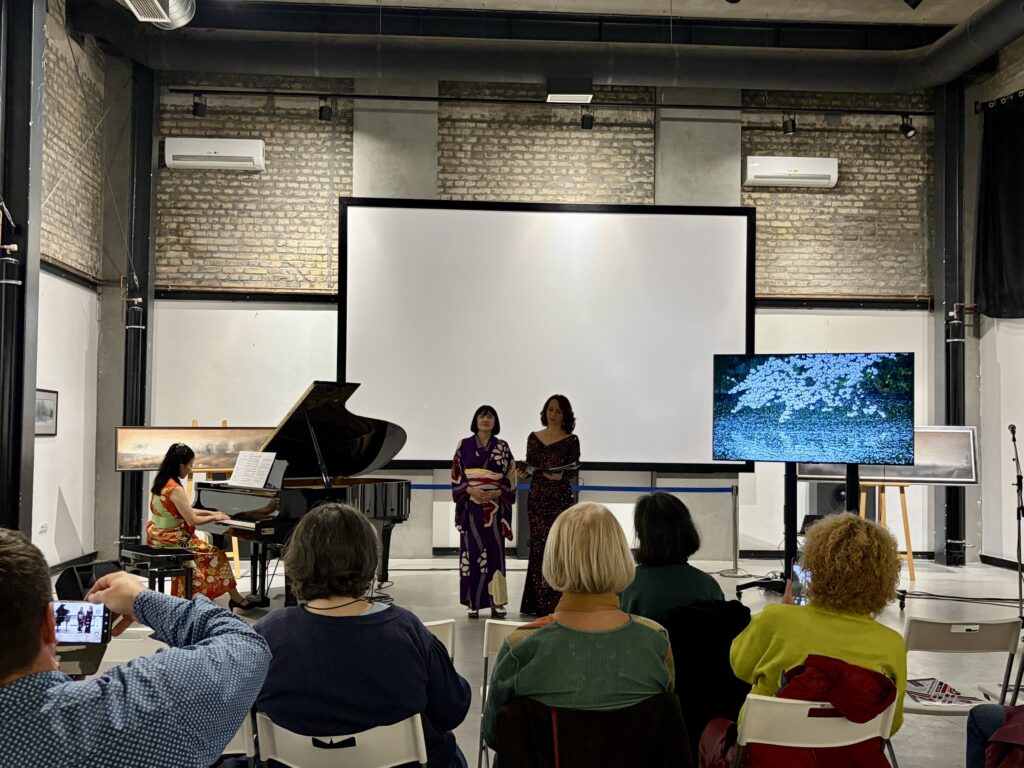
After the concert, we joined the reception with performers and organizers.
A lighthearted moment occurred when someone asked a server her name.
She replied, “Katarina Jovanović.”

Not quite Milica—but close enough to make everyone laugh.
It deepened our curiosity:
“Will we meet a real Milica Jovanović ?”
Day 3 (Nov.5)— Novi Sad → Belgrade
History, Humor, and the Weight of Democracy
We visited Petrovaradin Fortress, where local students wore T-shirts printed in Japanese: “Individual,” “Original,” and “Let’s Go.”
The spirit of connection felt universal.
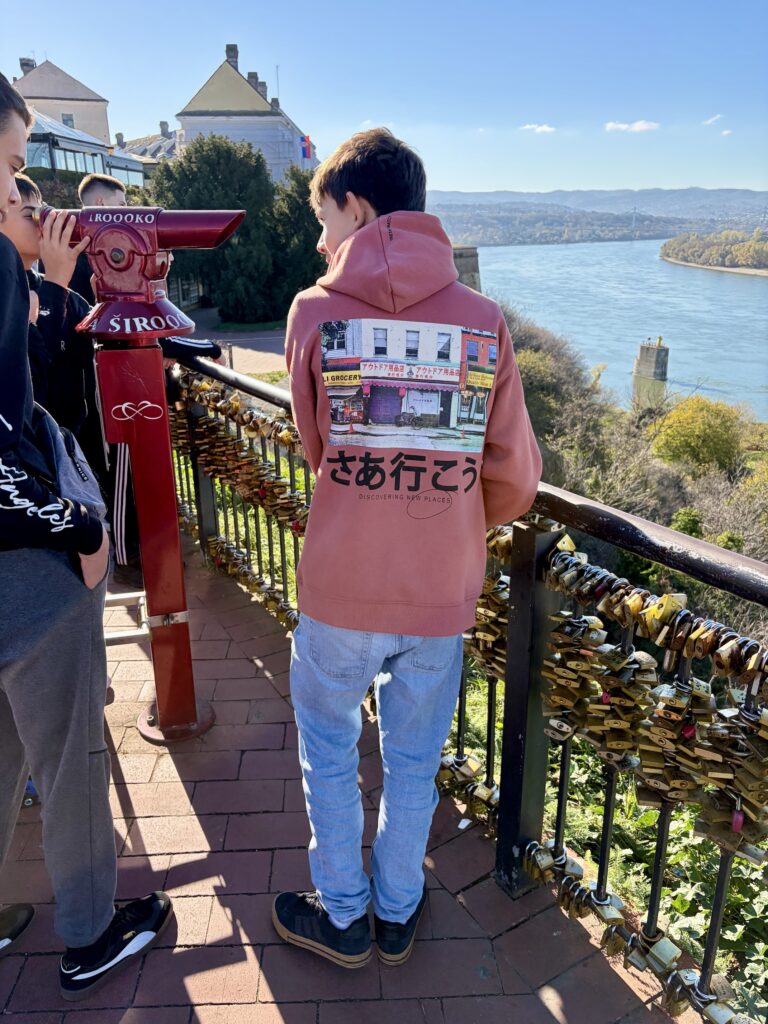
Arriving in Belgrade, we reunited with Robert Čoban—the organizer of the 256-Milica world record that surpassed the Tanaka Hirokazu record.

Amid demonstrations near the National Assembly, our car was stopped and fined: an unexpected reminder of Serbia’s political tensions.

Dinner brought a surprise: “Serbian salad” turned out to be simply paprika—bright red and delicious.
Still no Milica Jovanović in sight.

Day 4 (Nov.6)— Belgrade
Peace, Memory, and the Weight of History
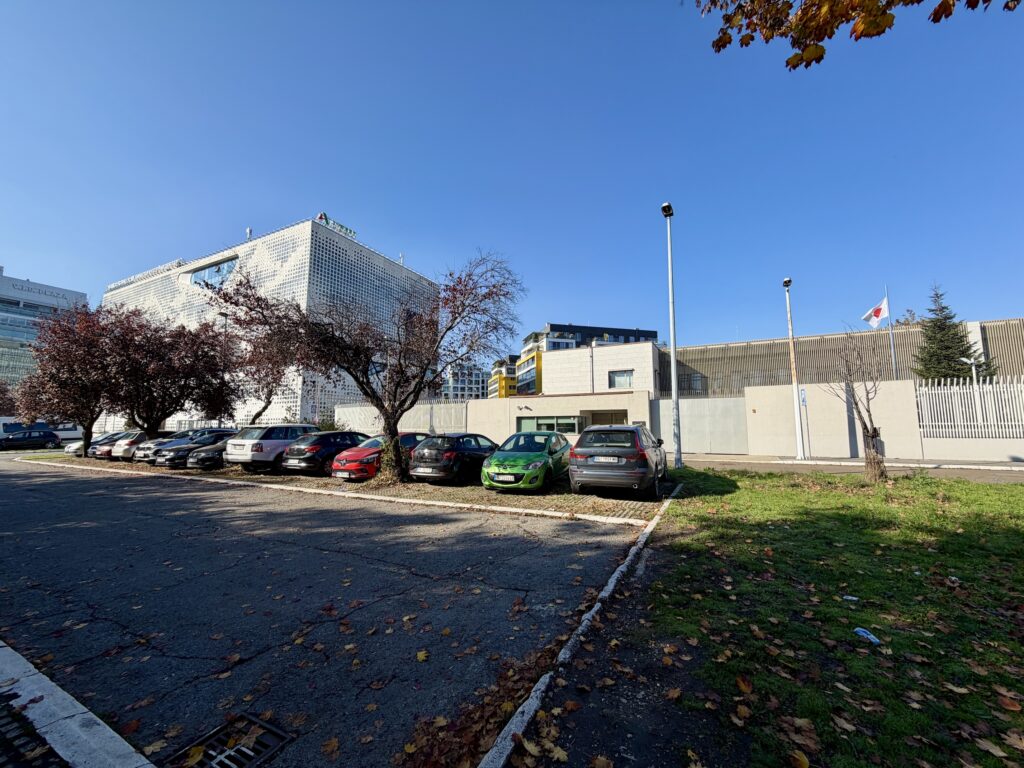
At the Embassy of Japan in Belgrade, we learned from embassy staff about the deeper context behind current political movements in Serbia—insights possible only from those who observe with intelligence and care.
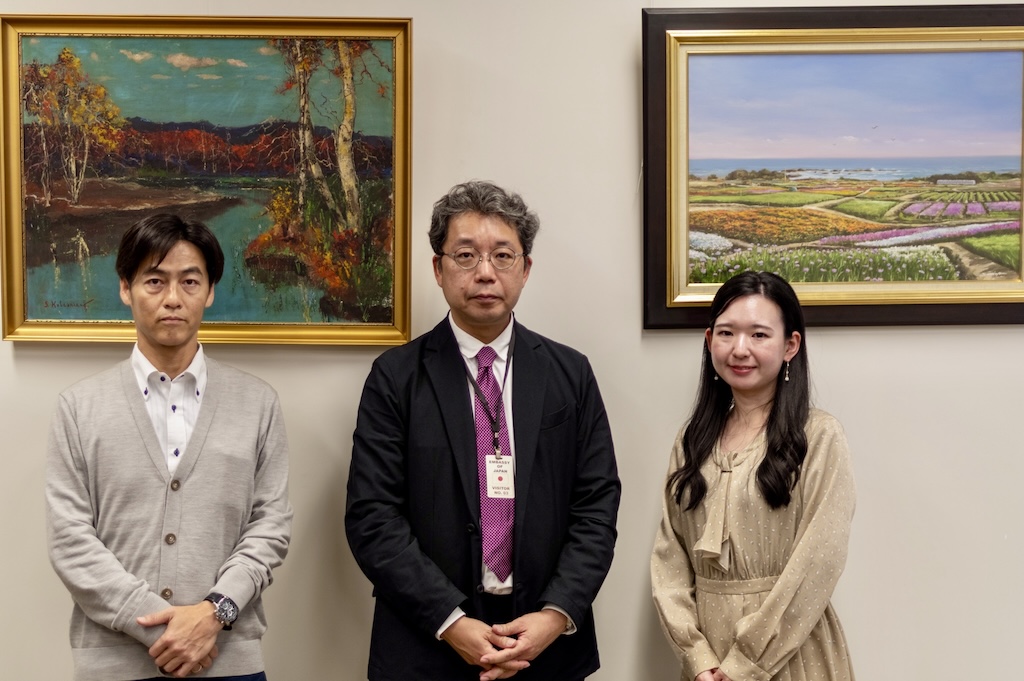
We visited a building still scarred by NATO’s Tomahawk strikes, a solemn moment that reminded us of the fragility of peace.

In the city center, banners for Belgrade Expo 2027 — “Play for Humanity” hung everywhere.
A theme that resonates strongly with the ISNA vision.

As we prepared to leave Serbia the next day, the warmth of the people we had encountered—diplomats, locals, and new friends—remained with us deeply.
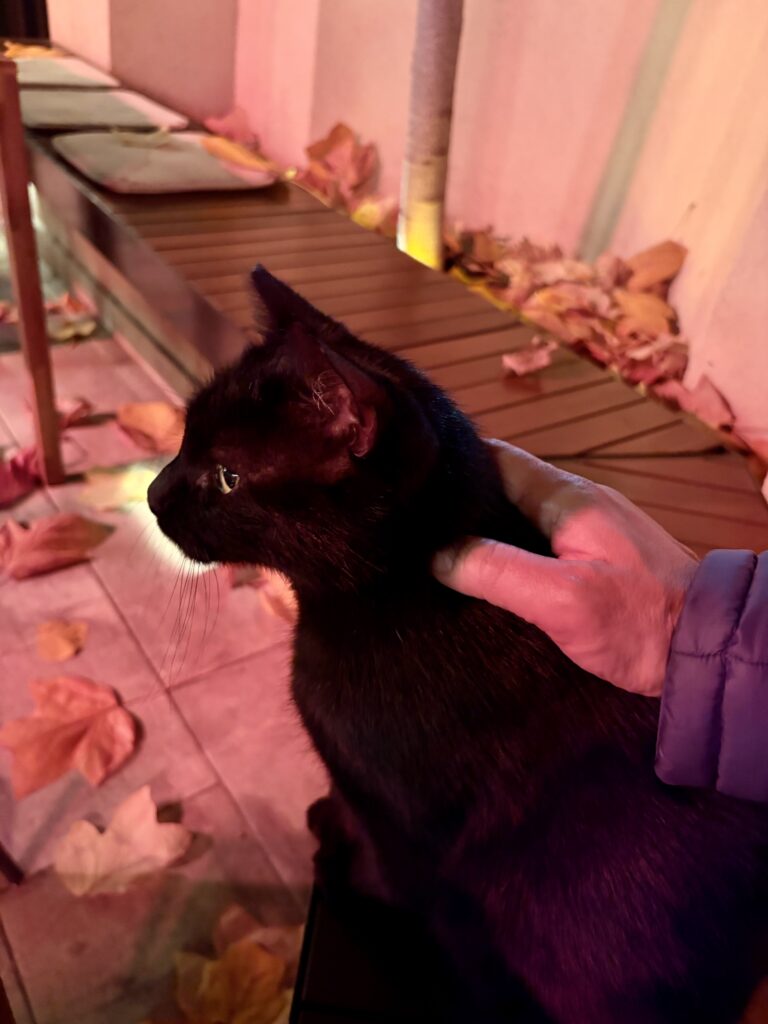
Day 5 (Nov.7) — Belgrade → Pécs
Honoring Connections, Restoring Peace
Before departing Serbia, hotel staff in Belgrade were delighted by the Hirokazu Tanaka Original Sweet Potatoes—a small but sweet act of cultural exchange.
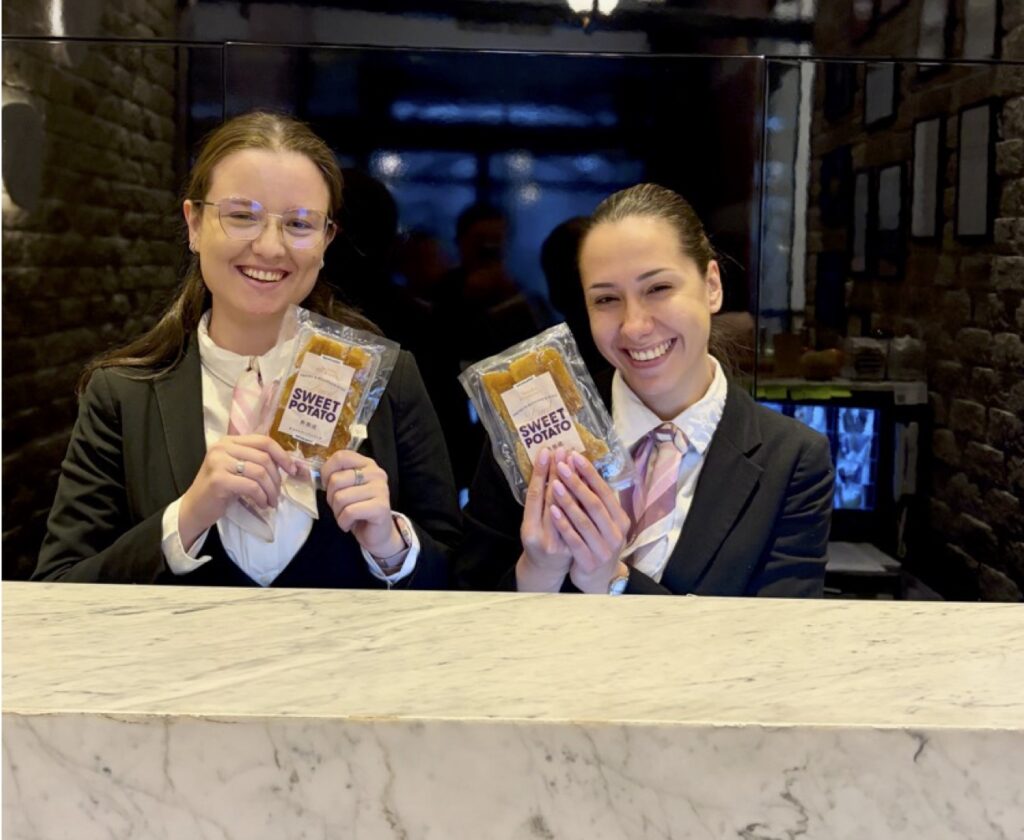
We then visited BIG FASHION, the mall where 256 Milica Jovanovićs gathered and broke our Guinness World Record.
Two Hirokazu Tanakas stood there, honoring a milestone that inspired the creation of ISNA.

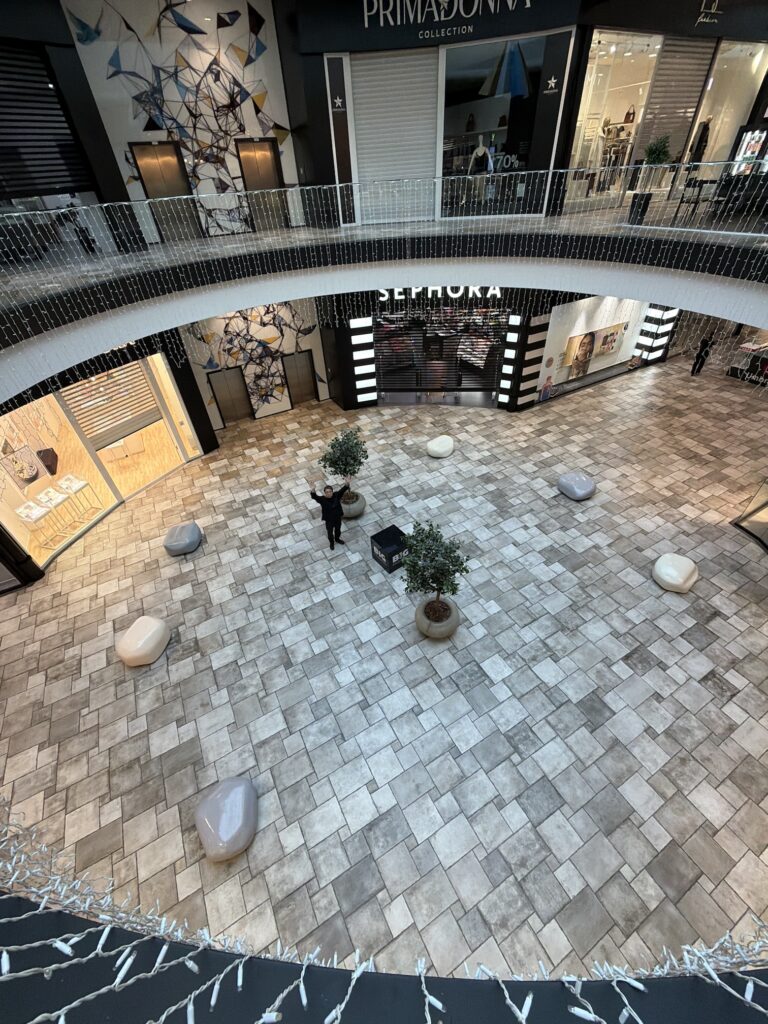
Crossing the border into Hungary took time, as always when entering the EU, but the open and democratic atmosphere felt peaceful.
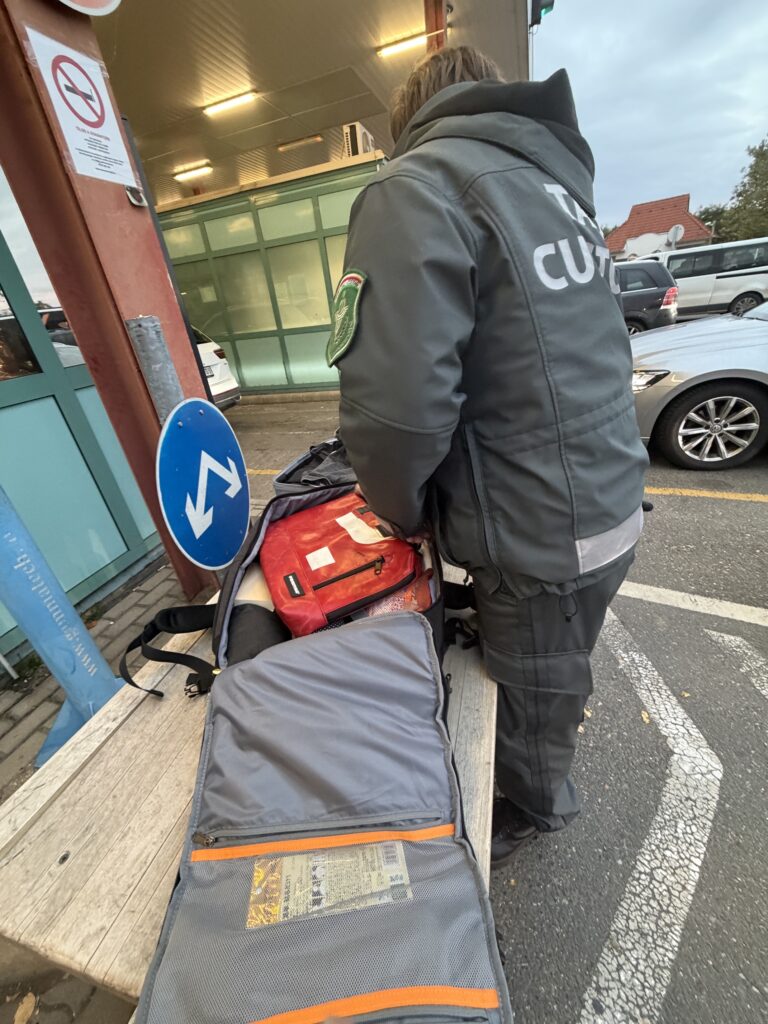
After nearly nine hours of driving, we finally reached Pécs, welcomed by Dr. Balázs Kovács—the academic partner of this journey—and his Japanese colleague Takuto.

Day 6 (Nov.8) — Pécs
Sharing the ISNA Vision With the World

The conference, coordinated by Dr. Balázs Kovács, was held beside the majestic Pécs Cathedral.
In the opening speech, we shared the history of the Hirokazu Tanaka Movement and the birth of ISNA—an NGO dedicated to peace through people-to-people exchange.
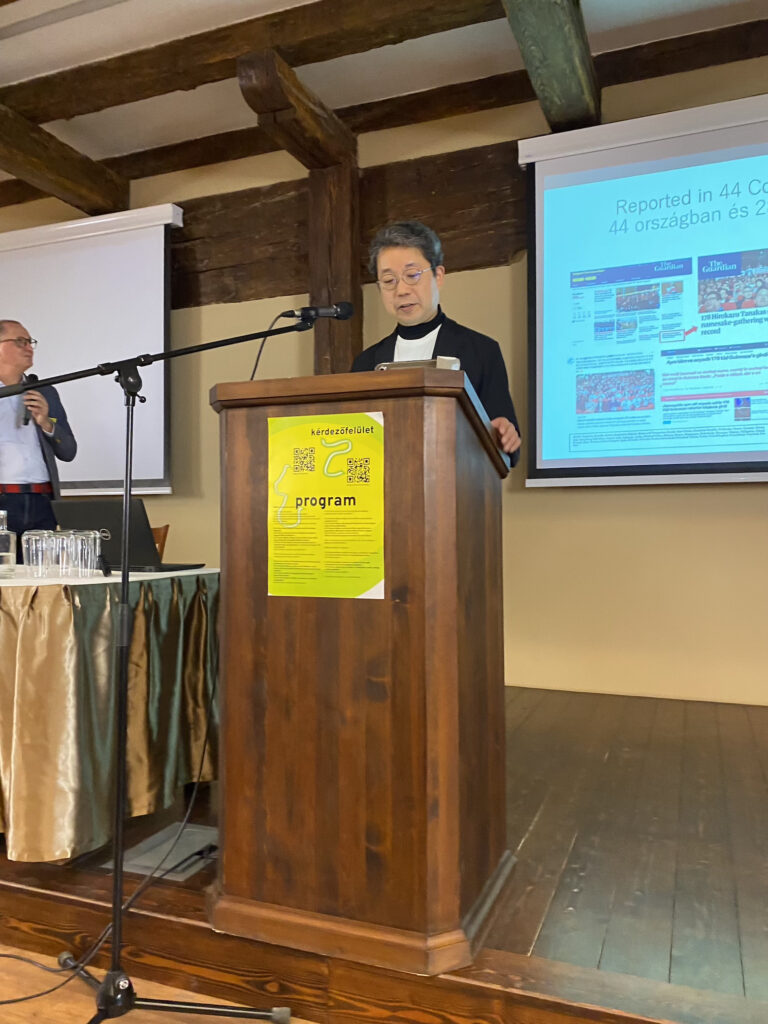
Below is the video of the opening speech by Hirokazu Tanaka.
The warm applause was overwhelming.
One young participant told us he wanted to launch a same-name project of his own.
Hungarian media requested interviews, confirming that the ISNA idea resonates internationally.
At the gathering afterward, we found ourselves surrounded by new Hungarian friends.
Our “extended relatives” were expanding beyond borders.
Day 7 (Nov.9)— Pécs → Budapest
Names Becoming Sound, and New Bonds Forming
On the second day of the conference, everyone welcomed us back like old friends.
Dr. Kovács opened with a presentation titled
“Interactive Web-Based Sonification Solutions,”
in which he transformed the name Hirokazu Tanaka into sound—a touching gesture of artistic friendship.
After saying goodbye to Dr. Kovács and his family, we revisited the Cathedral and promised to meet again.
Returning to Budapest, the sight of the Danube brought quiet peace.
From here, one of us continues the journey alone, carrying friendships that now stretch across Japan, Serbia, and Hungary.
Conclusion: Toward the Future of ISNA
The ISNA Friendship Tour 2025 was more than a trip.
It was a living demonstration that names can be bridges—connecting cultures, families, strangers, and histories.
Our next milestone is the World Same Name Match 2025 in Tokyo, where this expanding network will gather once again.
And beyond that, ISNA will continue to build a world where
coincidences become connections,
and connections become peace.
